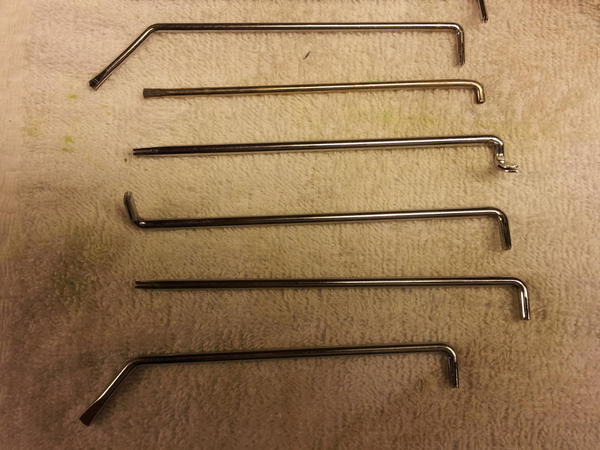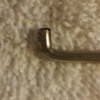The 1666 came with slide shoes, as opposed to rollers.
The slide shoes are held in place by a metal strip. The strip also provides the spring pressure, and electrical contact.
I guess the area between the shoe and metal strip could be oxidized.
It wouldn't hurt to remove the shoe, and polish the strip. I'd start with strip of index card, moistened with contact cleaner. Just slip it between the metal strip and the fiber plate. Work it back and forth a bit. In my experience, this will not harm the fiber plate.
If it seems really bad, use a strip of fine abrasive paper. I typically use emery paper. .
The Lionel service manual explains how to remove the shoes. While the manual pictures the process with the plate removed from the motor assembly, it is not necessary to do so. Don't try to remove the fiber plate. It is very difficult to remove a plate without damaging it. And even more difficult to install.
The tension can also be adjusted without removing the plate, but one must have the right tools. I use either contact adjusters that were made for relays, and sold through pinball machine parts supply houses. Or I use specialty pliers that have very small, thin jaws with a very small portion bent at the tip.
The company from which I purchased my relay adjustment tools is long gone (Wico), and I have not seen the same tools on any other supply house's sites. Pinball Resouce has one. I don't know whether it would do the job. Wico used to sell an assortment of four, all with different bends. Plus I modified one or two for various uses. As I write this, I think the one I use to adjust the fiber plate spring tension is customized.










